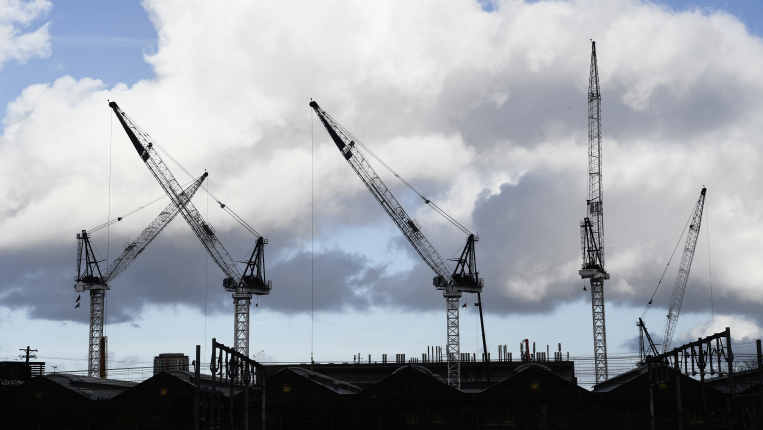Construction at lowest level since 2010
by Michael BlebyThe value of all construction work done fell to its lowest quarterly total in almost a decade in the three months to March, as home-building contracted for a seventh straight quarter, official figures on Wednesday showed.
The 1 per cent quarter-on-quarter decline in total construction pulled the three-monthly total to $49.5 billion, the weakest total since September 2010, when the economy that was then emerging from the GFC picked up to a quarterly total of $49 billion.

Home-building proved the biggest drag, with the 1.6 per cent quarter-on-quarter contraction reflecting the downturn in new housing approvals over 2018 and 2019, even as the monthly totals for commercial and engineering sectors stayed relatively robust.
The housing decline was likely to be deepened by the COVID-19 pandemic, BIS Oxford Economics senior economist Nicholas Fearnley said.
"The lag between the shift in sentiment caused by the pandemic (and its impact on the outlook for migration in particular) to dwelling approvals and work done will be at least six months, consequently we expect residential building activity to continue trending down well into 2021," Mr Fearnley said.
On a rolling four-quarterly basis, the total of $202 billion in March was the lowest since the June 2011 figure of $201.5 billion.
Still, the overall decline was less than the market consensus figure of 1.5 per cent, and suggested the drag by construction on first-quarter GDP figures due next week may not be enough to pull the economy into the expected 0.4 per cent decline, JPMorgan economist Ben Jarman said.
"The pipeline for future construction activity remains decent in aggregate, though with very divergent outlooks for public and private activity," Mr Jarman said.
"The public works pipeline is still elevated, supported by road and rail projects, and a rebound in health sector works. There is probably upside risk to those plans as state and federal governments seek to add incremental stimulus.
"Private building approvals appear relatively stable in non-residential projects based on the public data, though one would assume COVID-19 is now forcing a significant re-evaluation of prospects for office and retail space."